Todays’ ally maybe yesterday’s or tomorrow’s enemy
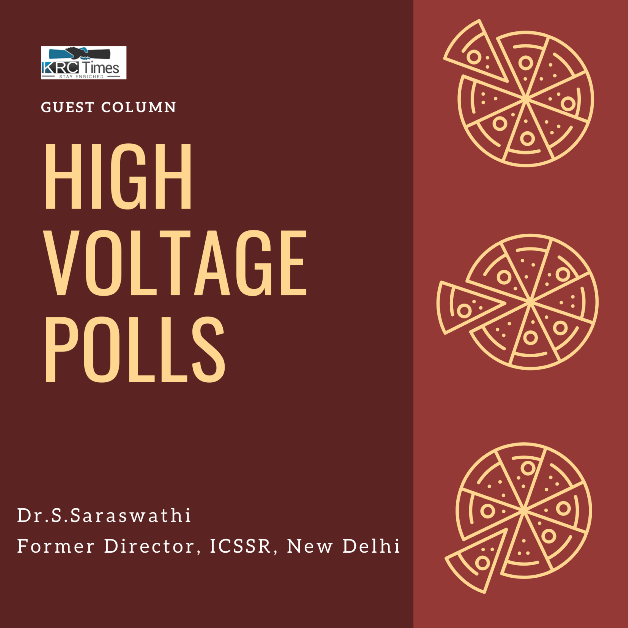
All the four States – Assam, Kerala, Tamil Nadu and West Bengal – and the Union Territory of Pondicherry is going through high voltage election campaigns inevitable as high stakes are involved for all parties. For professional politicians including those to whom politics is a hereditary occupation, the result will have multiple implications.
Politics in all these five places is not the same as it was when they last went to the polls. The dramatic rise of the BJP coupled with the global appreciation earned by Prime Minister Modi and BJP’s relentless pursuit of expanding its power and influence are factors present in the background of the extraordinary significance attached to this election package. The political consciousness of the people is rising fast.
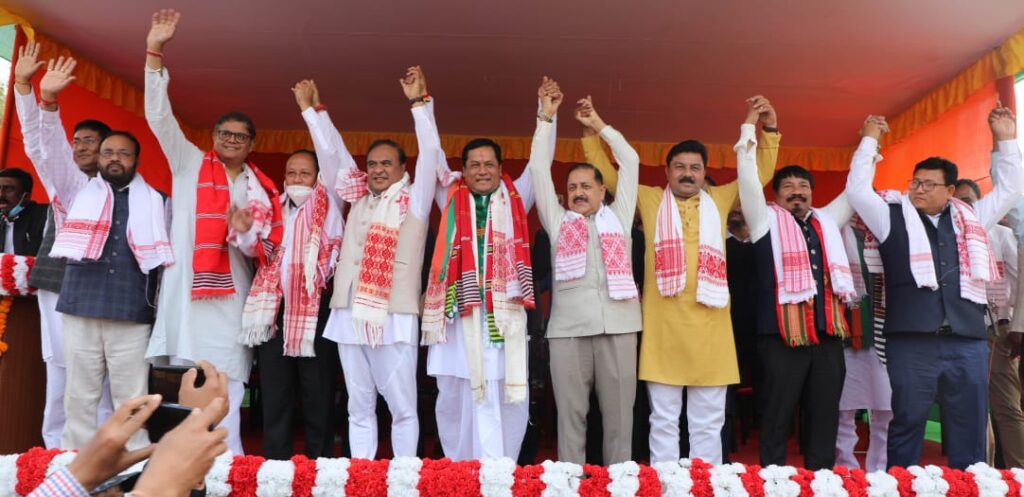
Assembly elections are no longer an event confined to State politics and State-level leaders. They make an impact on national politics – be it a big State like Uttar Pradesh or a small UT like Pondicherry. It is equally true of States where the two big national parties confront each other as in Madhya Pradesh and Rajasthan, and States where regional parties dominate like Tamil Nadu and West Bengal, and States where pre-poll and post-poll alliances determine the outcome of the game as in Maharashtra and Karnataka.
Hence, successive State elections conducted between the Lok Sabha elections have gained and not lost public enthusiasm. It is reflected in hectic campaigns and fiery speeches drawing vast crowds. Professional election managers are employed and studies conducted at various levels.
The nationalisation of State politics seems to be shaping with the growth of the BJP. National leaders of various parties are engaged full-time in State-level campaigns. State and national issues are getting mixed up, thus enhancing the significance of every election as a national event just like the regionalisation of national politics earlier in the wake of rising of strong regional parties and the concept of the Third Front. Normal life shows a change in poll-bound states. Discussions about parties, leaders and candidates are common among common people in States like Tamil Nadu.
Indeed, ever since the decline of the one-party dominance of the Congress, the concept of State politics as something limited to a State has receded to the background. All elections are national events that in some way impact parties and politicians in all States – a crucial factor making 2021 State elections a bitter fight.
Will the declining trend of the Congress and the rise of the BJP be further confirmed? Which of the regional parties will stay and grow and which will get submerged in the national wave or get absorbed in the local big brother? Will there be any major shift in inter-party or intra-party relations? Will the elections throw new leaders and/or throw out old and weak? Are “insider” and “outsider” labels relevant? All these queries will find some clue after May. What is felt today is the extraordinary heat of the election atmosphere seeking answers.
Of the five, the NDA government is only in one State – Assam, and therefore, it need not be over-nervous about approaching elections. But, it is facing too many enemies on the roads despite its strength in Parliament. Congress is powerless in all these places having lost Pondicherry to President’s rule. West Bengal and Tamil Nadu are firmly in the grip of regional parties and both national parties have to apply several strategies to gain entry and recognition. Kerala is a fortress of leftists.
While this is a broad situation, victory and defeat have tremendous long-term significance to draw the attention of non-playing parties elsewhere. Thus, Assembly elections have acquired unusually strong national importance – a development healthy for not only federalism but also for national unity and integration.
In the context of Grand Alliances, National Fronts, Third Front, Mahagathbandhans, Rainbow Coalitions, etc., no party, however small, can remain indifferent to the fortunes of its potential and actual allies and their opponents. But, alliance politics is also not simple and straightforward. Todays’ ally maybe yesterday’s or tomorrow’s enemy.
For, the alliance is not based on ideology to be predictable and logical, but on political calculations. It may be positive in favour of something or negative against something. It may be time-bound or object-bound. It may be for contesting an election in the form of seat-sharing and common campaigning and resource help in which case, vote banks and caste/community block votes matter most. It may be for sharing posts in which case, bitter electoral enemies may join hands after the election as in Maharashtra. It may be for performance within the parliament or outside as witnessed in protests. These varied types are on display in the States/UT going to polls making pre-election bargaining exciting.
Winning West Bengal is a prestigious issue and equally important for both TMC and the BJP. If the former wins, its leader will have high chances of becoming the leader of anti-BJP protests in future and the face of the anti-BJP alliance in the 2024 Lok Sabha election. For BJP, winning the State means consolidation of its national acceptance and strengthening of its domestic policies as well as relations with neighbouring countries in the region.
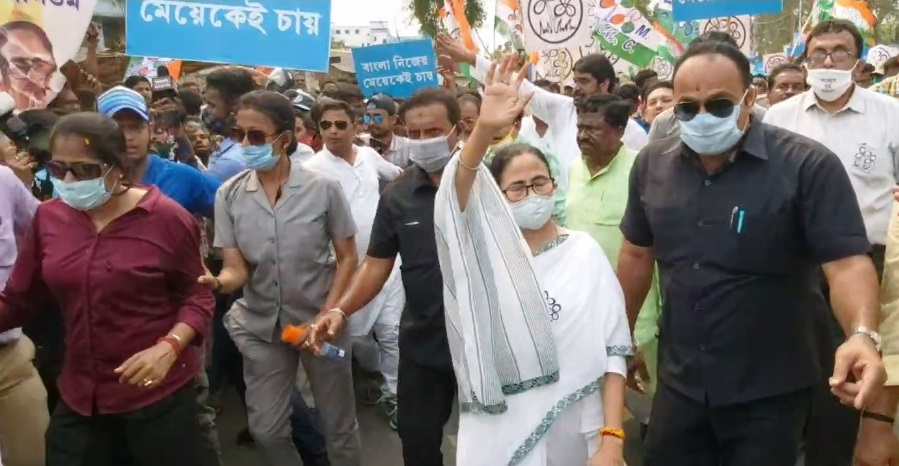
While Bengal Chief Minister Mamata Banerjee is fully engaged in election campaigns, BJP is taking it so seriously as to utilise all its frontline leaders. Modi himself has visited the State several times and is conducting massive rallies.
The sudden appearance of the Indian Secular Front and its alliance with the Congress and the Left has given a new twist to the Bengal fight. ISF’s clout with Muslim voters is a threat to TMC, and more than that will reinforce Muslim block votes leading to political divisions on religious identity. It will impact national elections.
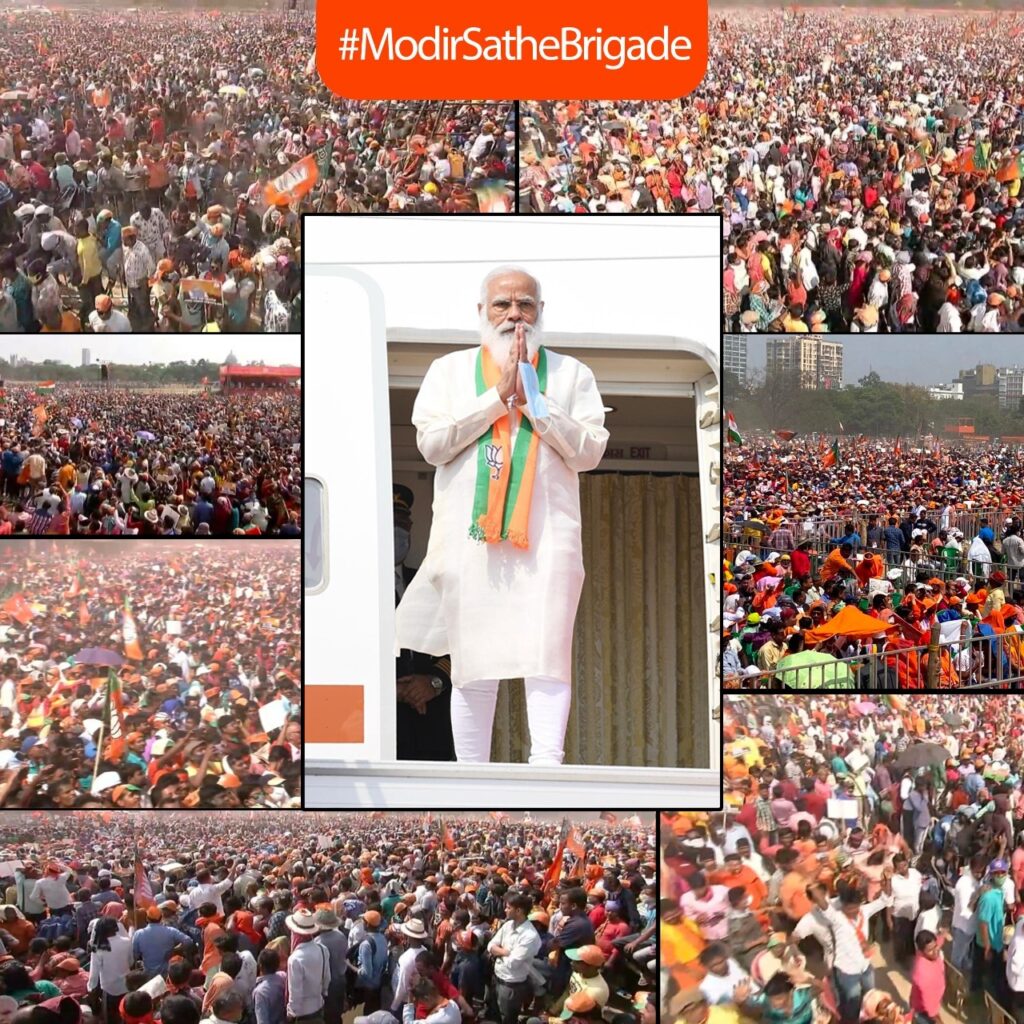
The description as “high voltage election” is most applicable to West Bengal where charges and counter-charges between TMC and BJP are made every minute.
Similar is the shock given by Sasikala in Tamil Nadu by announcing her exit from active politics. Here, a single person, not holding any position, is seen as a potent electoral power capable of igniting election heat many fold. More exciting are the moves of Rajinikanth entering and quitting electoral politics. Supposed to have tremendous vote-catching power by surmise without any test, he effectively kept all parties waiting with suspense. DMDK and PMK play low voltage bargain politics giving light and no heat.
Kamal Haasan’s MNM in Tamil Nadu, unable to fit in the existing alliances, is talking about a Third Front – a proposition that has no takers. Congress is aware of its weakness before the Dravidian parties to make any strong demands. All these leave DMK and the AIADMK as the principal contenders and the BJP as the target of the attack as the patron of the latter. The fight between two regional parties, both having a common origin, has all the bitterness of a fratricidal war.
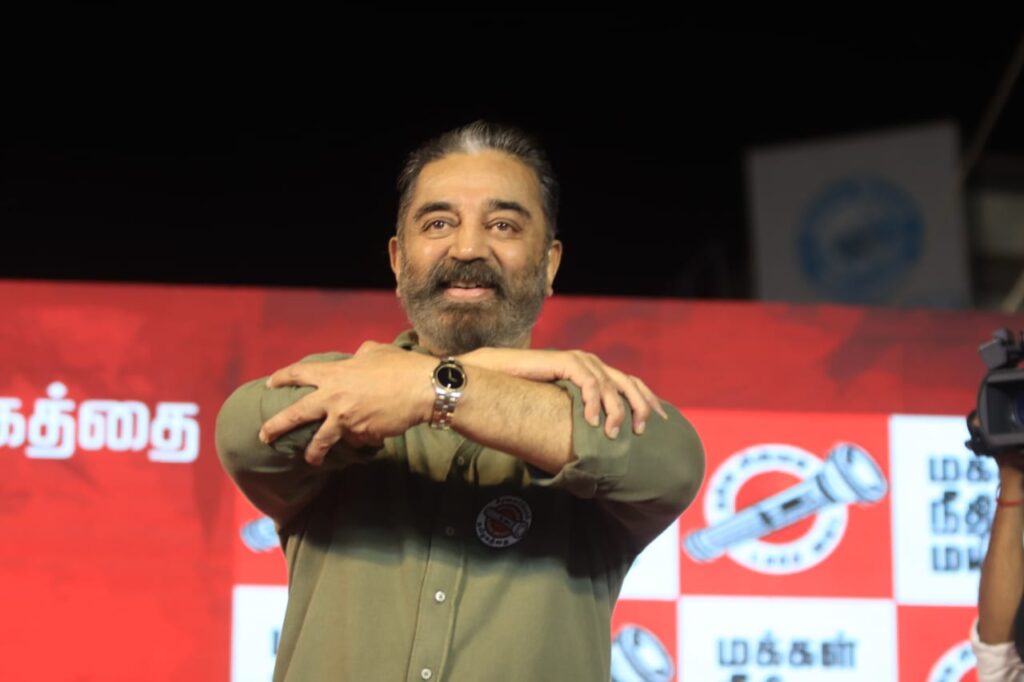
Left parties’ contradictory stand in Kerala and West Bengal has become stale by repetition. They have to maintain their momentum to remain in the field.
April 2021 will witness finals for the series, but not the end game. Like gamblers, parties and politicians will come back to the racecourse.
(Courtesy INFA Service)
(The author is the Former Director, Indian Council of Social Science Research {ICSSR}, New Delhi)




